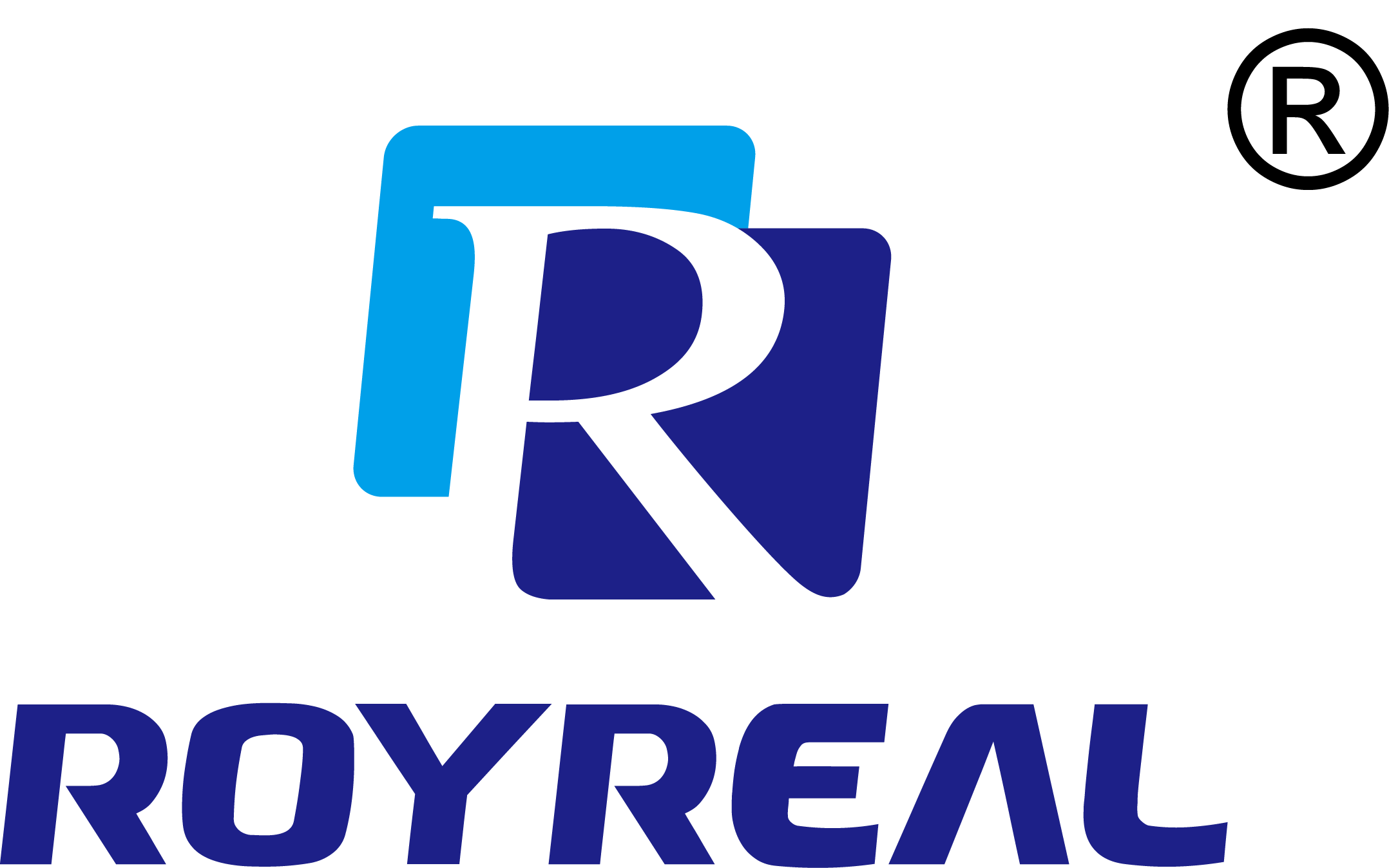Understanding Wet Gas Meter Verification and Certification Processes: Ensuring Accuracy and Compliance
Category: Industry News
Time:2024-12-09
Table of Contents:
1. Introduction
2. What are Wet Gas Meters?
3. Importance of Verification and Certification
4. Wet Gas Meter Verification Process
5. Wet Gas Meter Certification Process
6. Benefits of Using Certified Meters
7. Challenges in Wet Gas Meter Verification
8. Frequently Asked Questions (FAQs)
9. Conclusion
1. Introduction
Wet gas meters play a crucial role in accurately measuring the flow rate of gas mixed with liquids in various industries such as oil and gas, chemical, and pharmaceutical. To ensure reliable and precise measurements, it is essential to undergo a verification and certification process. In this article, we delve into the details of wet gas meter verification and certification processes and their significance.
2. What are Wet Gas Meters?
Wet gas meters are specialized devices used to measure the flow rate of gas containing an entrained liquid phase. Unlike traditional gas meters, which are calibrated for dry or single-phase gas, wet gas meters are designed to handle the complex nature of multiphase flow. They incorporate advanced technology to accurately quantify the gas and liquid components in the mixture.
3. Importance of Verification and Certification
Verification and certification of wet gas meters are vital to ensure their accuracy and compliance with industry standards. Verified meters provide reliable measurements, reducing the risk of financial loss and miscalculations. Certification, on the other hand, confirms that the meters meet specific technical requirements and undergo regular checks to maintain their performance over time.
4. Wet Gas Meter Verification Process
The wet gas meter verification process involves several steps to validate the meter's accuracy and performance. First, the meter is installed in a controlled test facility where it is subjected to different flow rates and liquid loading conditions. The actual flow rates and liquid fractions are measured and compared to the readings from the meter being tested. Any discrepancies are carefully analyzed to identify potential inaccuracies or calibration issues.
4.1 Pre-Verification Preparations
Before the verification process, it is important to ensure that the meter is clean, properly installed, and connected to the correct piping system. The meter should also be inspected for any physical damage or malfunctions that may affect its performance during the verification process.
4.2 Meter Testing
During the verification process, the wet gas meter is subjected to a range of flow rates, representing the different operating conditions it may encounter in real-world applications. The meter's response to varying gas-to-liquid ratios and flow rates is carefully measured and compared to the known values to determine its accuracy.
4.3 Data Analysis and Reporting
After completing the meter testing, the collected data is analyzed to determine the meter's performance. Any discrepancies or deviations from the expected values are carefully examined and documented in a comprehensive report. This report serves as a critical reference for decision-making regarding the meter's accuracy and potential adjustments.
5. Wet Gas Meter Certification Process
Wet gas meter certification is a formal process that confirms the compliance of meters with industry standards and regulations. The certification process involves rigorous testing, documentation, and evaluation by accredited bodies to ensure the meters meet the required performance criteria. Certified meters undergo regular inspections and recalibrations to maintain their accuracy.
5.1 Application and Documentation
To initiate the certification process, the meter manufacturer or the meter owner submits an application along with all the necessary documentation to the certifying body. The documentation includes technical specifications, installation details, and previous verification reports, if available.
5.2 Testing and Evaluation
The certifying body conducts a series of tests on the meter to evaluate its performance and compliance with the applicable standards. These tests may include accuracy, repeatability, linearity, and response time assessments. The meters are also evaluated for their stability and resistance to environmental factors.
5.3 Certification and Compliance
Upon successful completion of the testing phase, the wet gas meter is awarded the certification, indicating its compliance with industry standards. The certification is accompanied by a certificate and a unique identification mark that verifies its authenticity. The certified meter is then listed in the official registry of certified meters.
6. Benefits of Using Certified Meters
Using certified wet gas meters offers several advantages for industries relying on accurate measurements. Certified meters provide increased confidence in the reliability and accuracy of measurements, ensuring the integrity of financial transactions and process control. They also help in meeting regulatory requirements and avoiding potential penalties due to non-compliance.
7. Challenges in Wet Gas Meter Verification
Wet gas meter verification presents unique challenges due to the complexity of multiphase flow and varying operating conditions. Some of the common challenges include accurate phase separation, measurement uncertainty, calibration drift, and equipment limitations. Overcoming these challenges requires advanced technologies, expertise, and careful analysis of the test results.
8. Frequently Asked Questions (FAQs)
Q1: What is the role of wet gas meters in the oil and gas industry?
Q2: How often should wet gas meters undergo verification?
Q3: Can a wet gas meter be calibrated on-site?
Q4: What are the consequences of using non-certified meters?
Q5: Are there any international standards for wet gas meter certification?
9. Conclusion
In conclusion, wet gas meter verification and certification processes are essential for ensuring accurate measurements, compliance with industry standards, and reliable performance. By understanding the importance of these processes, the benefits of using certified meters, and the challenges faced during verification, industries can make informed decisions to optimize their measurement systems. Investing in verified and certified wet gas meters not only enhances operational efficiency but also safeguards against potential financial losses and non-compliance risks.
Keywords:
 EN
EN RU
RU SP
SP
